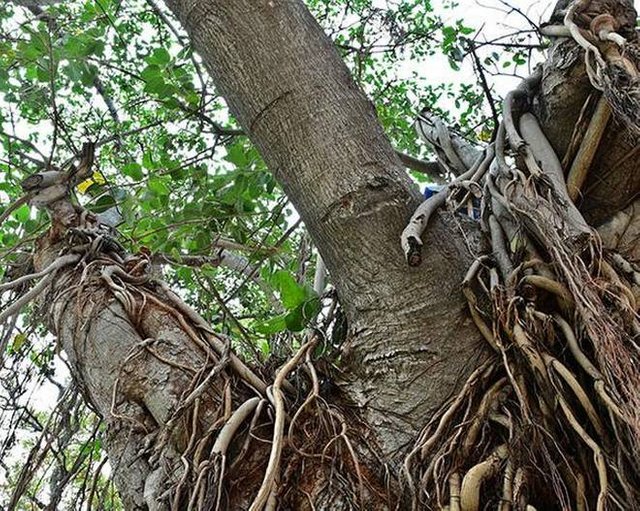Trees offer multiple benefits don’t kill them breed them
Hundred trees remove 53 tons of carbon dioxide and 430 pounds of other air pollutants per year. They also catch about 1,40,000 gallons of rainwater per year

Officials in Delhi wish to fell about 17,000 fully grown trees in some parts of the city to make space for building housing colonies. And to “pacify” people who object to this tree destruction, they say that for every tree that will be felled, they will plant 10 saplings. Interesting — the minister knows it; the National Building Construction Corporation (NBCC) knows it and we all known it — that this is a stupid answer. “What you lose today, I will make up” (20 years from now? and if the saplings survive?) And this is not just in Delhi. Government and city planners in several other states do the same. This attitude shows not just ignorance but arrogance, disregard for trees and their value. It is time planners wake up and understand the value — economic, ecological, health-related and sociological — that trees offer.
Value of a tree
Way back in 1979, Dr. T.M. Das of Calcutta University estimated that the monetary value of a tree, during a life span of 50 years, amounted to about $2,00,000 (at 1979 rates). This was based on the amount of oxygen it produces, the fruit or the biomass and the timber it offers when felled and so on. For every 1 gram that a tree accumulates as it grows, it generates about 2.66 grams of oxygen. Dr Nancy Beckham of Australia, in her paper, “Trees: finding their true value”, points out that “trees and plants silently carry out their daily routine years after years, stabilizing the soil, recycling nutrients, cooling the air, modifying wind turbulence, intercepting the rain, absorbing toxins, reducing fuel costs, neutralizing sewage, increasing property values, promoting tourism, encouraging recreation, reducing stress and improving personal health as well as providing food, medicine and accommodation for other living things